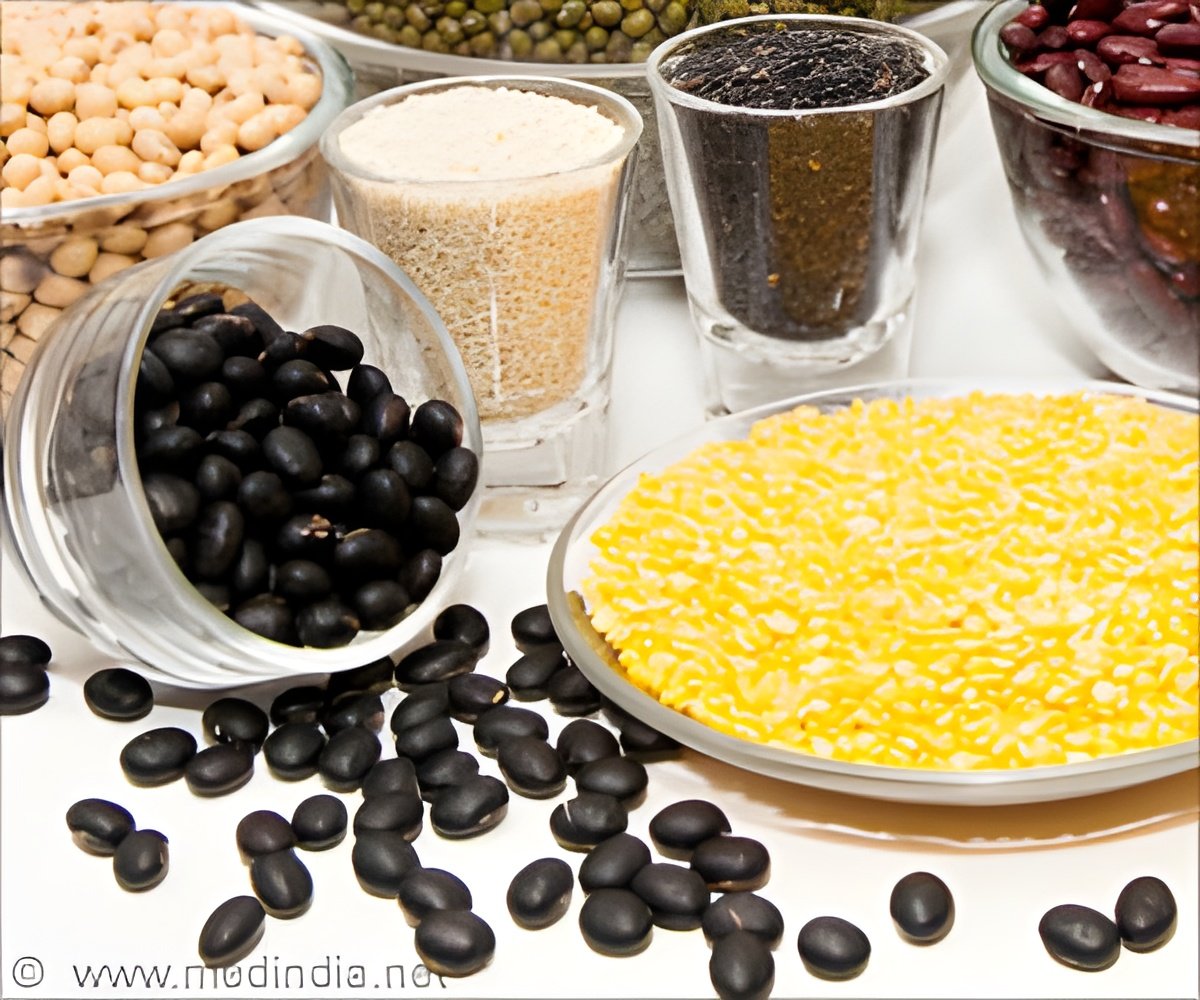
The world’s hungry people consume fewer than the 2,000 or so daily calories the average person needs to survive. Pedro Sanchez, Director of Agriculture and Food Security Center at Columbia University said that there are two main reasons for it.
Acute hunger, when sudden conflicts and disasters like a drought leave people starving. It accounts for less than 10% of the hungry population. The more prevalent type is chronic hunger, which happens mainly in rural areas and among the poorest of the poor.
People who are chronically hungry do eat. But their diet tends to consist of food like cereal, corn, cassava and rice high in calories and carbohydrates.
Even then, these people eat so little that it barely fills their stomach with the calories they need. And they don’t eat the vegetables, meat, fish and/or dairy products that provide ample protein, vitamin A, zinc, iron and iodine, says Sanchez.
Seventy-two out of 129 countries, which were, surveyed in 2005 reduced hunger rates to about half. It was achieved by filling their stomachs with "maize, flour, rice and the like," says Sanchez. To curb vitamin and mineral deficiency, foods like protein-rich legumes (peanuts, beans and soybeans), milk, fish and meat should be introduced.
Advertisement
Source-Medindia










